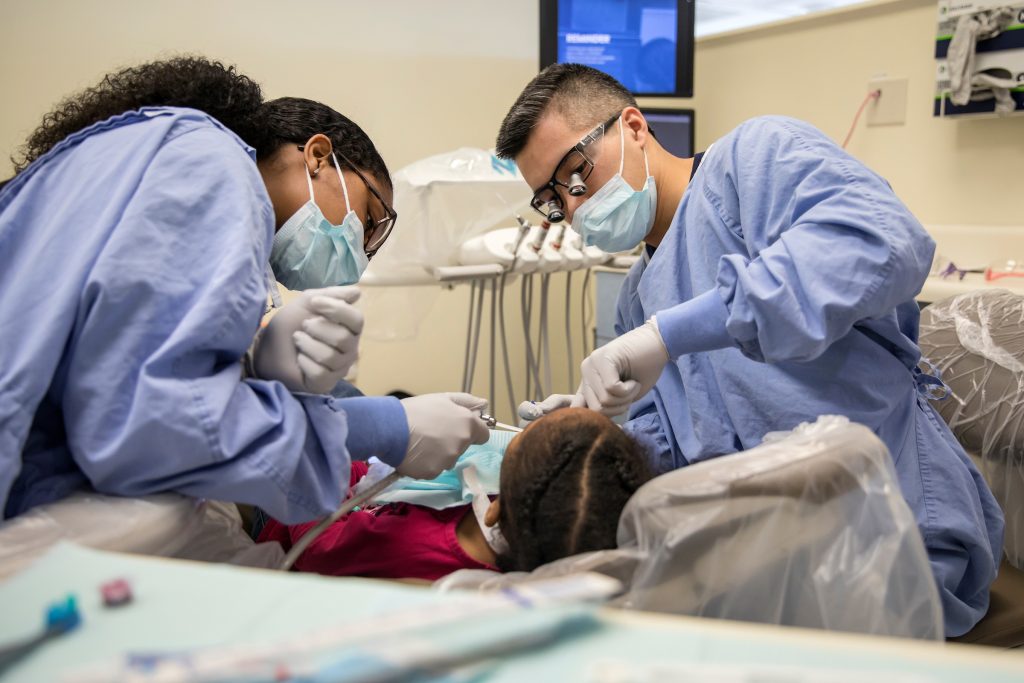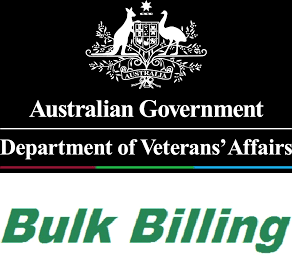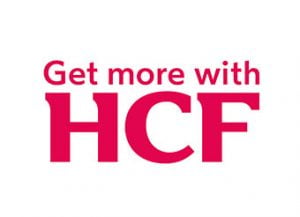What is infection control?
As part of their employment, healthcare staff are frequently exposed to infectious illnesses. This, however, builds the possibility of disease transmission to other staff and patients. it jeopardises medical facilities, causing it to be more challenging to provide care for patients. When it comes to safeguarding the public from potentially hazardous illnesses, infection control kits are critical.
This blog post’s focus is on unveiling the power of infection control kits and their significance in preventing the spread of infections
Understanding Infection Control:
There is an elevated chance of contracting an infection while visiting a healthcare centre, as everyone has the capacity to carry infectious germs. As a result, all blood and bodily substances and fluids must be presumed to be potentially contagious, placing the patient, their attendant, and the physician at risk of contracting sickness.
To reduce or prevent infection transmission, infection should be controlled and prevented as part of a risk management strategy. Standard precautions must be employed to reduce, and when feasible, eliminate, the risk of infection transmission, safeguarding patients, healthcare workers, and others in healthcare environments.
The Components of Infection Control Kits:
In order to apply standard and transmission-based security measures every healthcare institution should have an infection control kit on hand to use if a patient arrives with a suspected or proven infectious condition. These kits include items like;
- Gloves, eye-protective items like goggles, masks and gowns. These items provide a barrier for the eyes, hands, body, and nose to come in direct contact with infectious agents.
- Alcohol-based sanitisers or wipes for hand hygiene to prevent pathogens on hands
- Waste bins lined with plastic disposal bags for disposing of used substances.
- Antimicrobial disinfectant solution for cleaning surfaces after every patient.
Importance of Personal Protective Equipment (PPE):
Personal protective equipment (PPE) is often utilised in medical environments such as healthcare facilities, physician’s offices, and clinical laboratories, with the capacity to prevent pathogens from being transmitted by blood, bodily fluids, or breath. The proper usage of PPE includes disposing of contaminated PPE to maintain its effectiveness by preventing exposure of other people to infection.
PPE can additionally safeguard patients who are at a greater risk of infection from becoming exposed to potentially dangerous chemicals or material carried in by relatives and medical personnel. When used correctly and in conjunction with other infection control practices, it reduces the transfer of infection from a single individual to another.
Different types of PPE include
- Face masks: A mask is worn to avoid inhaling and exhaling germs. The proper disposal should be like, Masks removed by laces and discarded, followed by hand washing or hand sanitiser to clean hands.
- Goggles and face shields: are necessary to protect the delicate membranes of the mouth, nose, and eyes during treating patients that may result in splashing or spraying of saliva, blood and other fluids.
- Gowns: During operations, a full-sleeved gown shields the skin and clothes from sprays or emits of blood and bodily fluids. To discard the worn gown should be folded neatly, and disposed of properly. Hand hygiene should be performed promptly after removal.
- Gloves: are worn when there is a risk of contact with blood, bodily fluids or skin that is not intact. Gloves should be removed quickly and hand hygiene undertaken to avoid infecting the environment, other patients, or other places on the same patient.
Infection Control Practices and Protocols:
In any situation where healthcare is provided, there are some basic practices that are implemented to all patient care, regardless of the patient’s suspected or proven infection status. These include hand hygiene, surface disinfection, respiratory etiquette and waste management.
Obtaining knowledge and training to execute infection prevention and control measures is the best way to get the appropriate skills to prevent infection. This is critical for all front-line professionals, particularly those in the hospitality industry, sales, and elderly care. This also gives patients peace of mind because they know they are in a safe setting. Your main focus is health and safety.
Infection Control Kits in Different Settings:
Infection control kits are crucial for maintaining a safe and healthy environment in facilities other than healthcare. These include dental clinics, laboratories, schools, workplaces and public spaces.
In dental clinics there is a close contact of the dentist with the oral cavity. It’s an intimate space and it’s necessary to follow precautions like using sterile instruments, using PPE, using disinfectant to clean surfaces and dental chairs. Similar principles are followed for the laboratories. In places like schools and workplaces the emphasis is more on hand hygiene.
The Role of Infection Control Kits in Pandemics:
Health professionals have been on the forefront of the pandemic response. They manage and handle COVID-19 patients and confront greater dangers in the fight against this disease. PPE, especially the masks, gowns and gloves acts as a barrier among health professionals and COVID-19 and other dangerous viruses and bacteria, allowing them to continue working safely and caring for their patients.
Governments of countries across the globe made the wearing of masks compulsory for everyone in public. This helped to control the spread of infection across the countries.
Ensuring Quality and Compliance:
The healthcare facilities should perform regular evaluation and update their infection control kits accordingly. To restock, a reputable supplier should be considered who provides certified products to ensure quality and compliance.
Empowering Individuals and Communities:
Infection control is beneficial not only for the patient but also for the healthcare professionals. Inadequate infection management leads to greater illness rates and drug-resistant microorganisms. This can also raise the likelihood of epidemics within a group. It is a collective responsibility of everyone to follow these guidelines and prevent the spread of infections.
Conclusion:
When it comes to safeguarding the public from hazardous illnesses, Infection control kits are critical. Healthcare personnel are frequently exposed to infectious illnesses as part of their employment. However, this raises the danger of infection spreading to other employees and patients. Inadequate infection management leads to greater illness rates and drug-resistant microorganisms. This can also raise the likelihood of outbreaks within a group. Not to mention that it jeopardises healthcare infrastructure, making patient treatment more difficult.
In order for hospitals to continue to provide excellent and safe healthcare, infection control must be prioritised.
Call-to-Action:
We invite you to meet our experienced team and get your guidance on selecting appropriate infection control kits or getting information on reputable suppliers. You can also share your experience and questions regarding the process.













